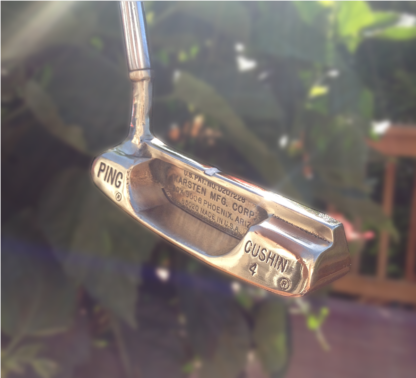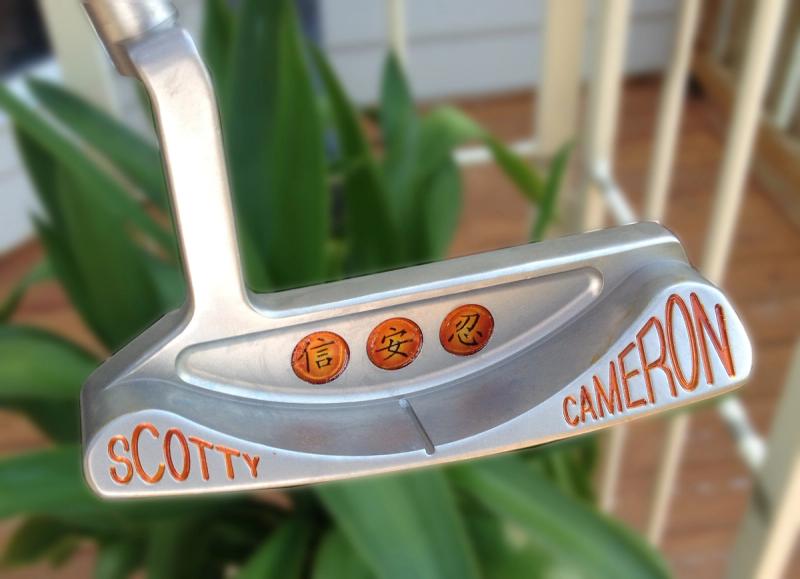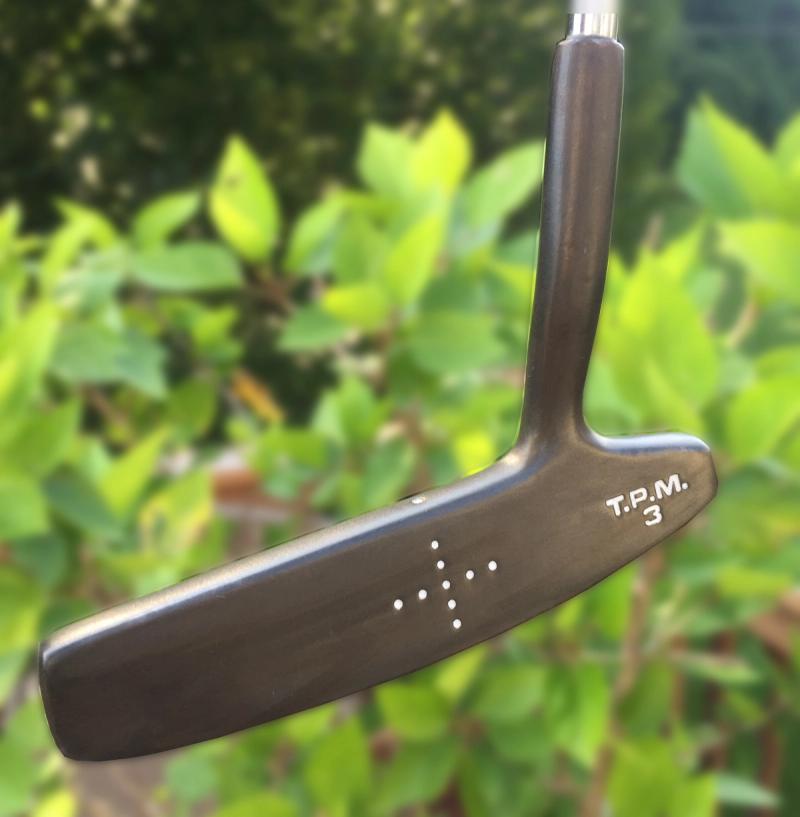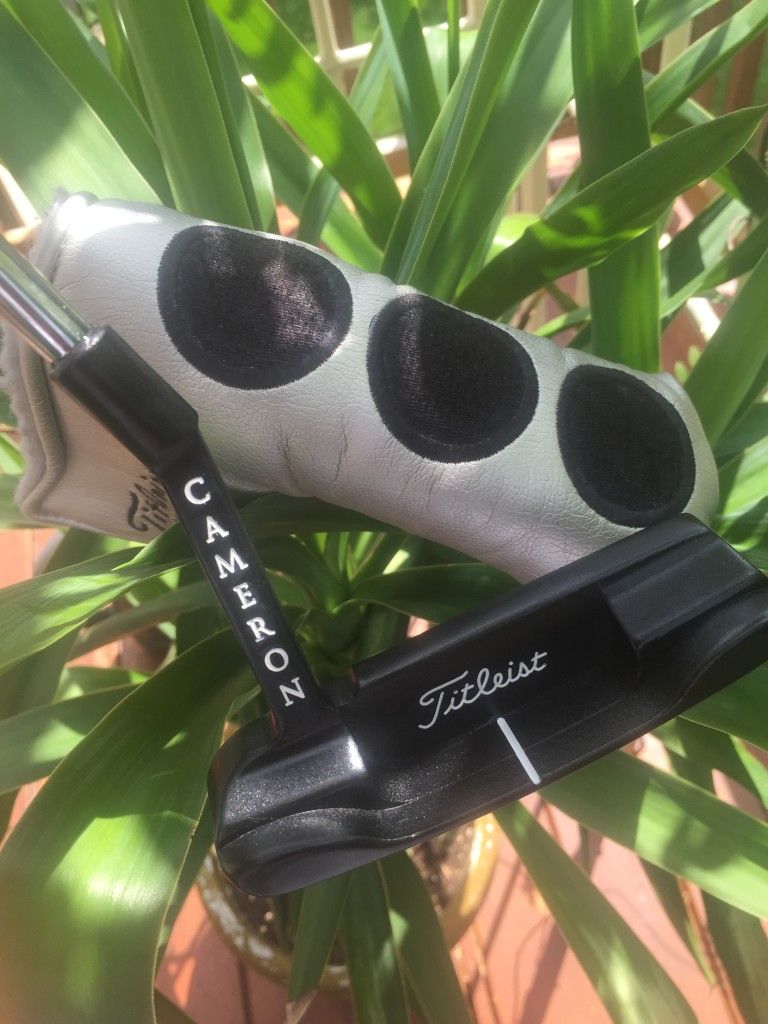Last Updated: Nov 03, 2023
How to Remove the Nicks and Dings from a Golf Club (and polish)
The first step of any refinishing project is to remove the scratches, nicks, and dings from your golf club.
Written By: Zach Gollwitzer
Posted in: DIY Refinishing
Table of Contents


In the world of refinishing, this is by far the most important preliminary step. After years of use, golf clubs will get beat up, and in order to make them appear "new," it is important to remove these signs of use. When I first began learning how to refinish golf clubs, it took me a while to learn how to do this. There aren't many tutorials out there specific to the technique that is shown in the video below. Anyways, this is the first step in ANY refinishing process.
The second half of the video walks you through the polishing process, which is commonly used for refinishing vintage putters.
Before Starting This Tutorial, Your Club Must
Materials Needed
- For removing nicks and dings
- Protective Gloves (preferably not baggy ones like I'm unfortunately using in the video) and Eye-wear
- Benchtop Polisher Grinder with 1/2" arbor holes (the cheapest and most readily available deburring and polishing wheels fit are 6" in diameter with 1/2" arbor holes)
- There is a difference between a "bench grinder" and a "bench buffer". A bench grinder is generally used for grinding/sharpening metals, and thus, has guards on it. Do NOT purchase one of these and try to grind your golf clubs. It will tear through the metal. A bench buffer is for polishing wheels and deburring wheels. All that said, if you already have a bench grinder that you want to use for deburring and polishing (like I did), you can remove the guards and find some adapters to fit the deburring and polishing wheels on.
- 6" x 1" x 1/2" fine deburring wheel, which you will use for your first pass.
- For polishing
- Sisal wheel - This is going to do the bulk of your polishing and should be used with the black polishing compound (you can also use brown and white compounds if you are patient enough)
- Polishing wheels - For final touches. Use with finer polishing compounds (i.e. red, green, blue)
- Wheel set (if you don't want to buy separately)
- Polishing compounds
Note: when finding a bench grinder, the size of the grinder doesn't matter. A 6" or 8" grinder will work, but be sure to match the wheel sizes to the grinder size! I recommend purchasing the bench grinder first, and then purchasing the wheels that will fit it. Yes, the materials are expensive, but all the materials listed above will last a long time. I have been using the same bench grinder and wheels for three years now, and expect to use them (wheels) for another year at least!







